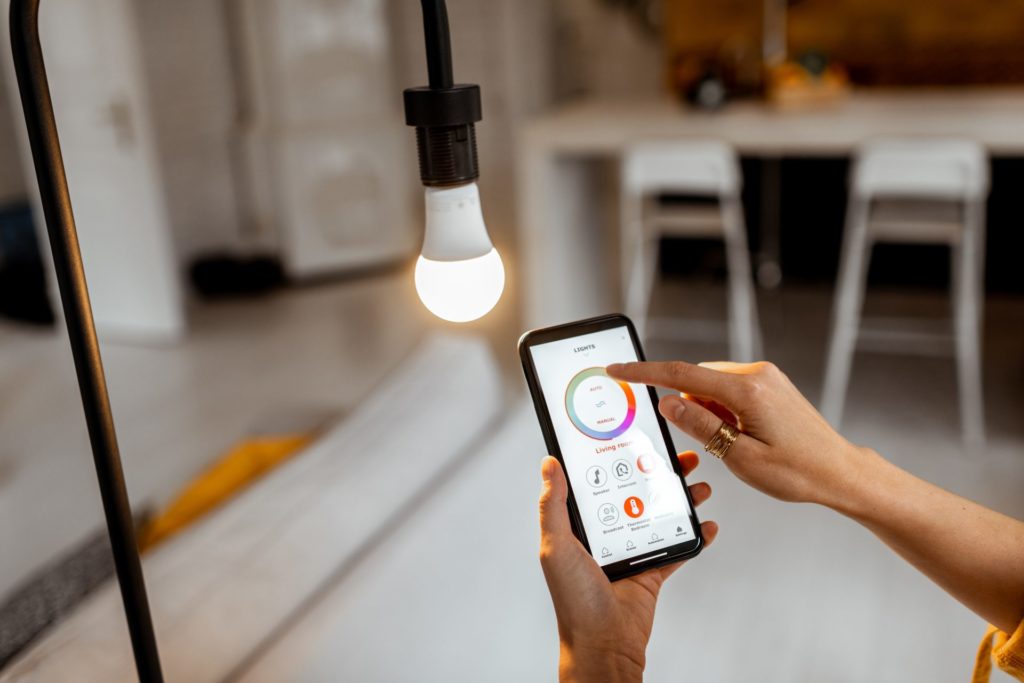
Thinking about investing in smart lights for your home? Smart home technology offers a lot of
convenience. But one question on your mind might be whether smart light bulbs consume electricity,
even when they’re turned off. Read on to find out whether they do, and why you shouldn’t be too worried about it!
How Do Smart Light Bulbs Work?
When it comes to regular light bulbs, things are quite straightforward. They’re either fully on or off.
And when they’re in the former state, they consume electricity to illuminate your spaces; while they’re
in the latter state, they don’t consume any electricity at all. In contrast, when smart light bulbs are switched on, they are still functioning. Smart lights are in effect, always in standby mode. This is because they need to communicate with other smart technology that is part of your smart home system. That’s how they know when they need to switch themselves on
and off. But how much energy do they consume in this state?
How Much Electricity Do Smart Lights Use?
To begins with, most smart lights use LED bulbs. This in itself will help you save on energy consumption because LED lights tend to be more energy-efficient than regular bulbs. However, while regular lights use zero electricity when they’re switched off, smart lights do consume small amounts of electricity even in this state. With that being said, the amount of electricity that they consume when they’re turned off is quite negligible. You would have to have a high number of smart lights installed in your home before you would notice an increase in your home’s energy consumption because of the amount of electricity they consume while they’re on standby.
Another Way to Save Energy with Smart Lights
The negligible amount of energy that smart lights use when they’re turned off is more than
compensated for by other energy-saving perks. For example, with smart lights, you have the option to set them on timers. This way, you can ensure that they come on only around the times they’re needed. This works well for garden, porch and other outdoor lights. You can set them to come on just after when you experience sunset in your area,
without having to worry about turning them off earlier in case you’re leaving home before that time.
Another perk of smart lighting is that you can couple them with motion sensors. This way, lights in
your home will only come on when they sense motion in a particular room or area, and they’ll go off
when there’s no movement. This eliminates the problem of wasting electricity by leaving lights on after
people have left a room or left the house. It also means that you can save electricity on lighting up the
less frequently used spaces in your home.

Editorial Staff at Shinrai Smart Home are experts on smart home technologies.

Recent Comments